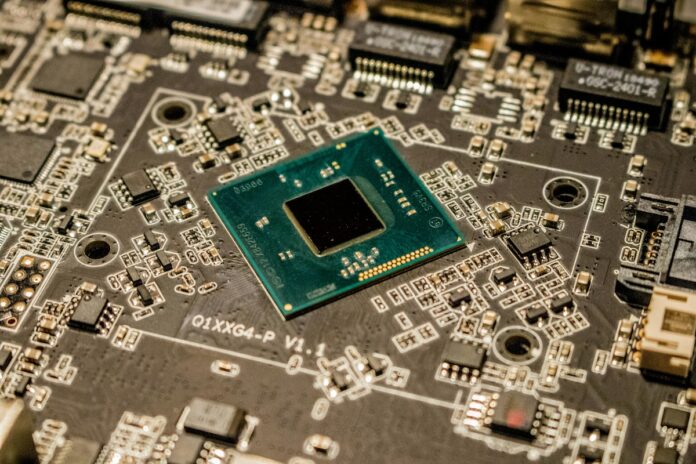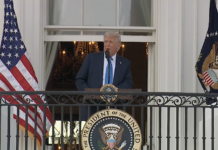
(States Newsroom) — The price of technology goods and services in the U.S. will likely rise in the next few months, experts say, as the White House continues to shift its strategy on tariffs for imported electronic hardware.
After initial reports that Chinese goods would receive as high as a 145% tariff, President Donald Trump said on April 13 that electronics like smartphones, computers and semiconductors — chips that process, power and transmit information — would be exempt. But Trump said later that day that imported semiconductors, and the electronics they’re embedded in, will likely be facing their own tariff structure in the coming weeks.
In tandem with Trump’s announcement, the U.S. Department of Commerce announced an official investigation into semiconductor imports, aiming to study the national security implications of importing manufacturing equipment and derivative products. The move is likely two-fold, tech experts say — Trump’s aim with foreign tariffs is to pressure American manufacturers to make more goods in U.S. facilities.
But his administration is also likely looking for cybersecurity risks that could be introduced through foreign manufacturing, like in compromised operating systems, embedded malicious code, or flawed designs, said Derek Lemke, senior vice president of product level intelligence at risk management firm Exiger.
“They power everything from advanced weapons systems and critical infrastructure to smartphones and laptops,” Lemke said. “Many of these components are manufactured abroad, often in regions with rising geopolitical tensions or limited transparency into supply chain practices.”
The U.S. is currently upping its manufacturing of semiconductors. It produced about 10% of the world’s semiconductors in 2022, and is projected to reach 14% by 2032 with the additional funding and infrastructure provided by the CHIPS and Science Act, passed during the Biden administration. But while many advanced chips are designed by American companies like Nvidia, Apple, Qualcomm and AMD, they are manufactured in Taiwan, which is currently negotiating tariff deals with the U.S.
Many electronics involve manufacturing processes from all over the world, making the tariff structure involved a complicated one. And while it’s a good idea for Americans to manufacture more of their semiconductors to diversify the global supply chain of chips, the country is nowhere near prepared to make as many as we need, said Nikolas Guggenberger, an assistant professor of law with a focus on antitrust, law and technology, privacy, and regulation at The University of Houston Law Center.
Guggenberger called semiconductor manufacturing “among the most complex industrial processes on Earth,” which would require years of planning, training and billions in investment for the U.S. to become a leader.
While the U.S. awaits more clarity over tariffs on electronic goods and the findings of the semiconductor probe, Guggenberger and Lemke say that American consumers should prepare themselves for higher prices on smartphones, laptops and other personal devices. Because semiconductors are used in so many everyday products, those price hikes could seep into wider spending, Guggenberger said.
“From a computer to everyday devices, like a garage opener, or a toaster,” he said. “It’s everything, it’s absolutely everything.”
Guggenberger said there’s a possibility that very high tariffs could also lead to a pause or slowdown in manufacturing in general, meaning consumers may see emptier shelves or a backlog on products in a few months.
Those on the software side of the tech industry will feel the effects, too, Lemke said. Software companies, AI developers and cybersecurity experts all rely on computing power from chip hardware, and disruption in the supply chain could slow innovation in these businesses, he said.
Even just the discussion of tariffs is having a ripple effect through the tech sector, Lemke said. Companies are having to evaluate their supply chains, their sourcing and maybe stockpile some components to their products.
“The uncertainty alone is enough to influence pricing, procurement strategies and investment decisions across the tech ecosystem,” Lemke said.






